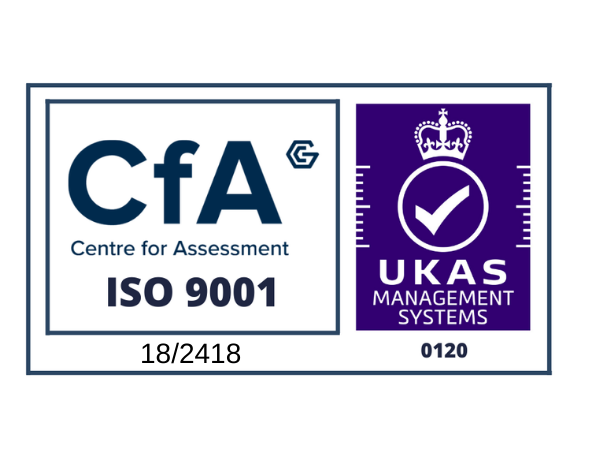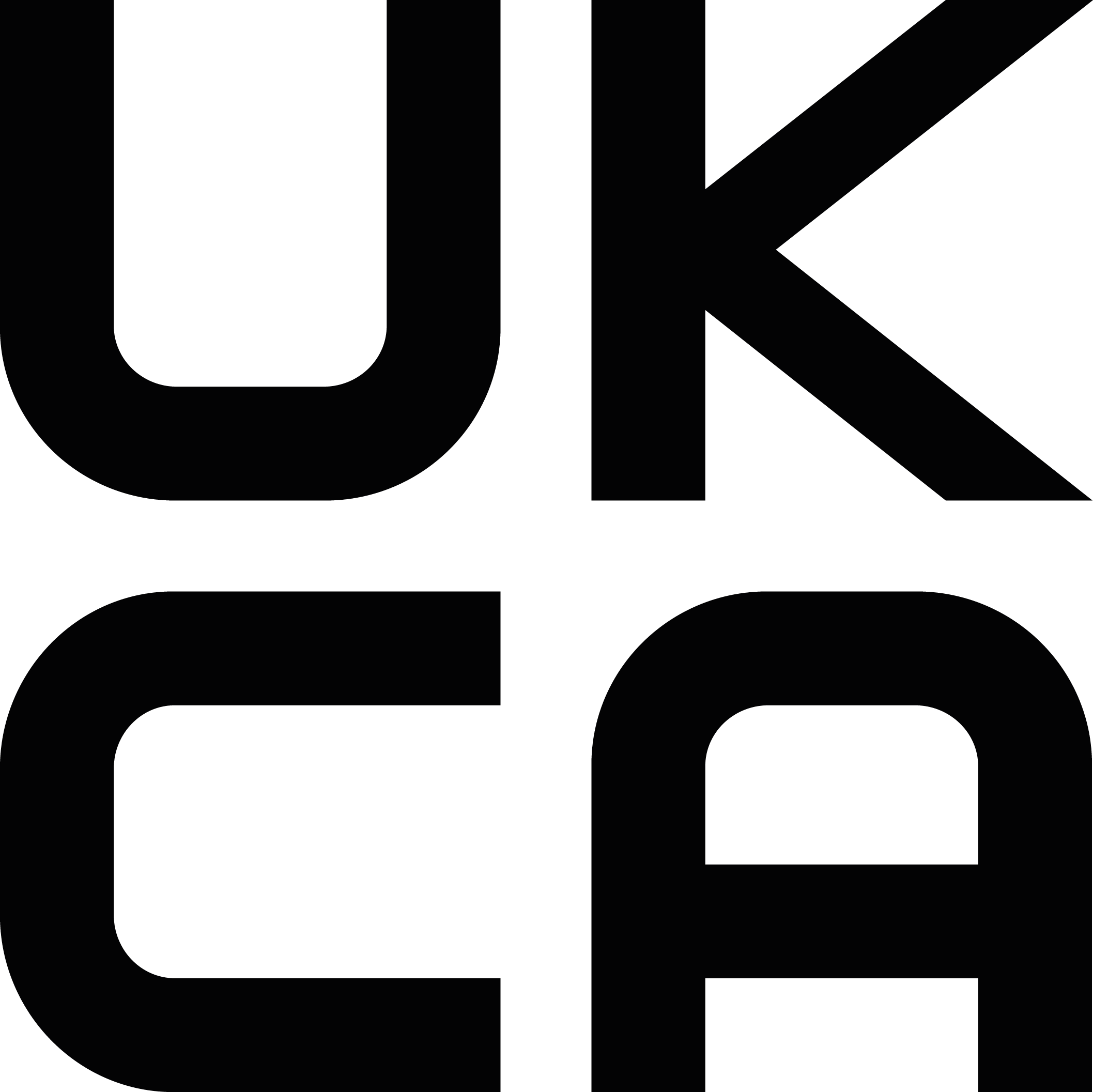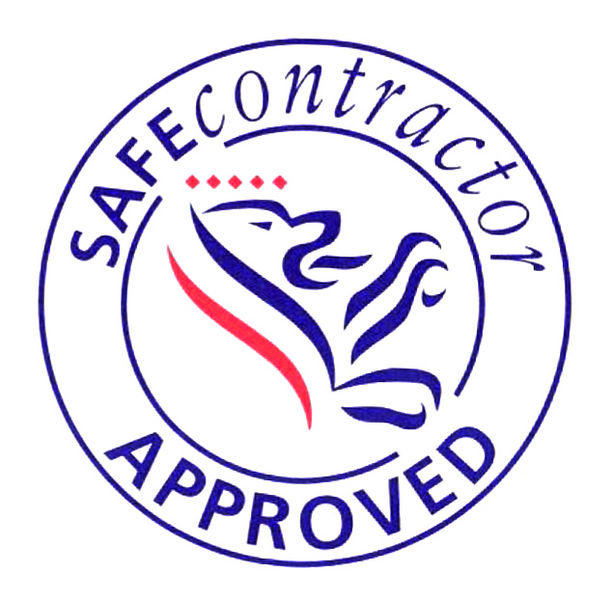Maintaining steel fabrications during winter months
Maintaining Steel Fabrications During Winter Months:
With winter in full swing, you may be concerned about the maintenance of your steel fabrication months. As the nights grow longer and the temperatures start to drop, you’ll find yourself spending more time maintaining your steel products than you did before. This is because despite steel being one of the most durable and versatile materials out there, it can be susceptible to the cold and harsh weathers. Steel becomes more brittle, and the cold weather can cause steel to break or crack. In addition to becoming more brittle, cold weather can also cause steel to rust. Rust is the result of a chemical reaction between iron and oxygen, and when water is present, the reaction is accelerated.
In this blog, we go over the ways you can maintain your steel fabrication products during the colder months to help you protect and improve the longevity of these products.
Benefits of Steel Maintenance:
There are many benefits to regularly maintaining your steel fabrications, especially during winter. Correct maintenance can help extend the prevent of your steel, prevent rust and corrosion, and ensure optimal performance.
Rust and corrosion are two of the biggest challenges of steel. They can cause serious damage to the integrity of the metal and can make it weaker. Rust and corrosion are especially common in winter when the air is cold and damp. Regular maintenance can help prevent rust and corrosion by keeping the steel clean and dry.
Properly maintained steel will also last longer. This is because regular maintenance helps to prevent wear and tear. When steel fabrications are properly cared for, they will last for many years. Regular maintenance will also keep your steel fabrications looking their best. This is because dirt, grime, and other contaminants can build up over time, making the steel look dull and dirty. Regular cleaning and polishing can help maintain the steel’s aesthetic and keep it looking like new.
Overall, there are many benefits to regularly maintaining your steel fabrications. Proper maintenance can extend the life of your steel, prevent rust and corrosion, and ensure optimal performance.
Maintenance Strategies for Steel Fabrications During Winter:
- Keep an eye on the weather: This may seem like a no-brainer, but keeping an eye on both the forecast and the current weather can make sure you have a plan in place for whatever the weather may bring. If you know a storm is coming, take steps to protect your fabrications accordingly.
- Keep the steel as dry as possible: Water accelerates the rusting process, so it’s important to remove any snow or ice that may be on the steel. You should also wipe down any excess water that may be left on the product.
- Be proactive: Whether it’s regularly scheduled maintenance or repairing something that’s broken, it’s important to be proactive about keeping your products looking new. Doing this is a great way to avoid costly repairs or replacements in the future.
- Use protective cover: If you have any outdoor steel fabrications, such as balconies, you may want to consider covering them with a waterproof tarp or other material during the winter months. This will keep them dry and protected from rust and other damage caused by exposure to rainwater.
- Apply a protective coating: At Bradfabs, we galvanise all our mild steel products. Galvanised steel is steel that has been zinc-coated for protection. This is achieved using hot-dip galvanising or electroplating technology. This protective layer will keep your structure from rusting due to oxidation and will keep it from corroding. This is to provide additional protection for our products. This will contribute to the overall longevity of your product.
- Clean regularly: Cleaning your fabrication products on a regular basis will help to ensure its longevity while also maintaining its aesthetic. To thoroughly clean the product, use a mild detergent cleaner. This will remove dirt and grime from the material's surface.








